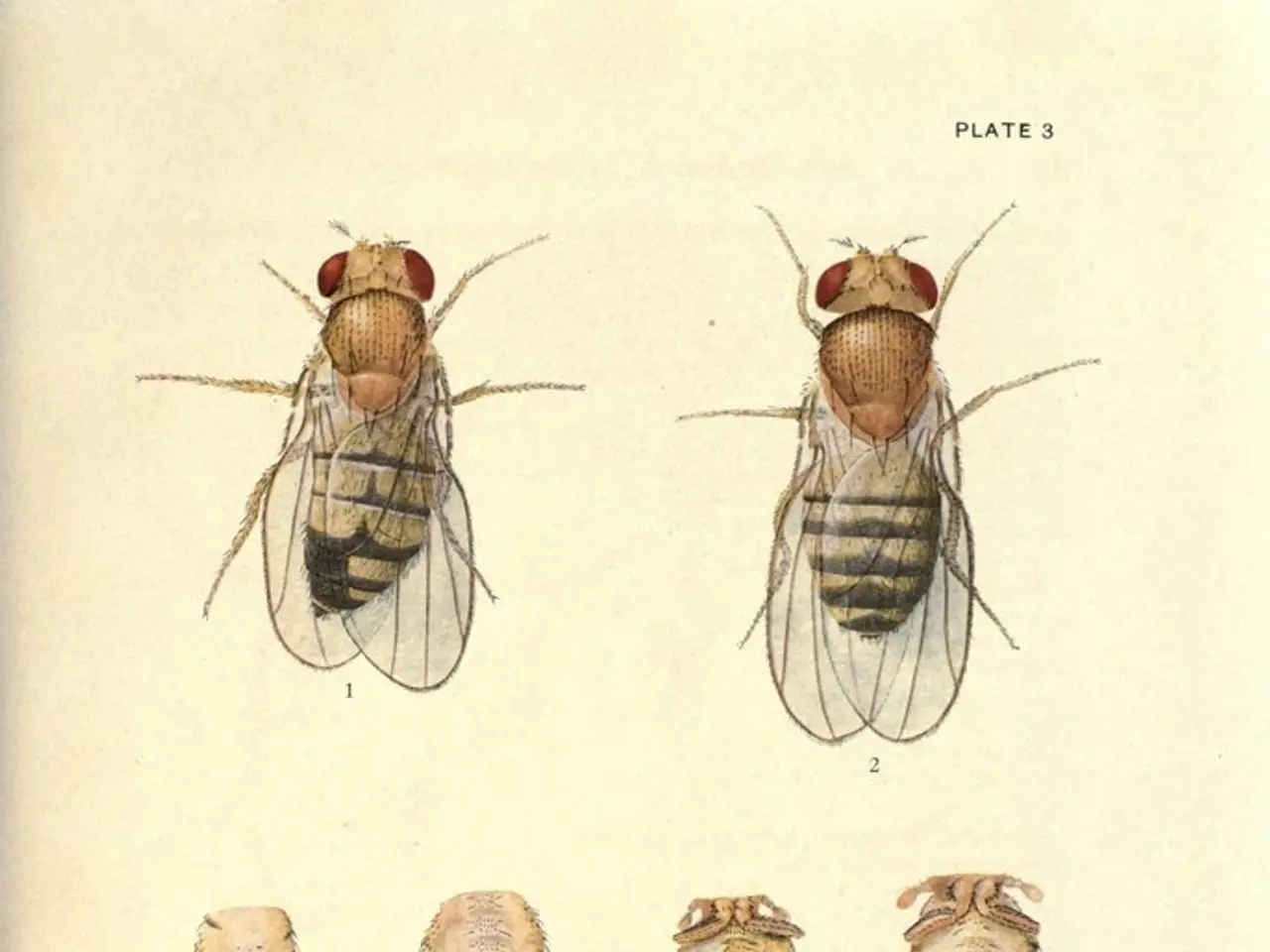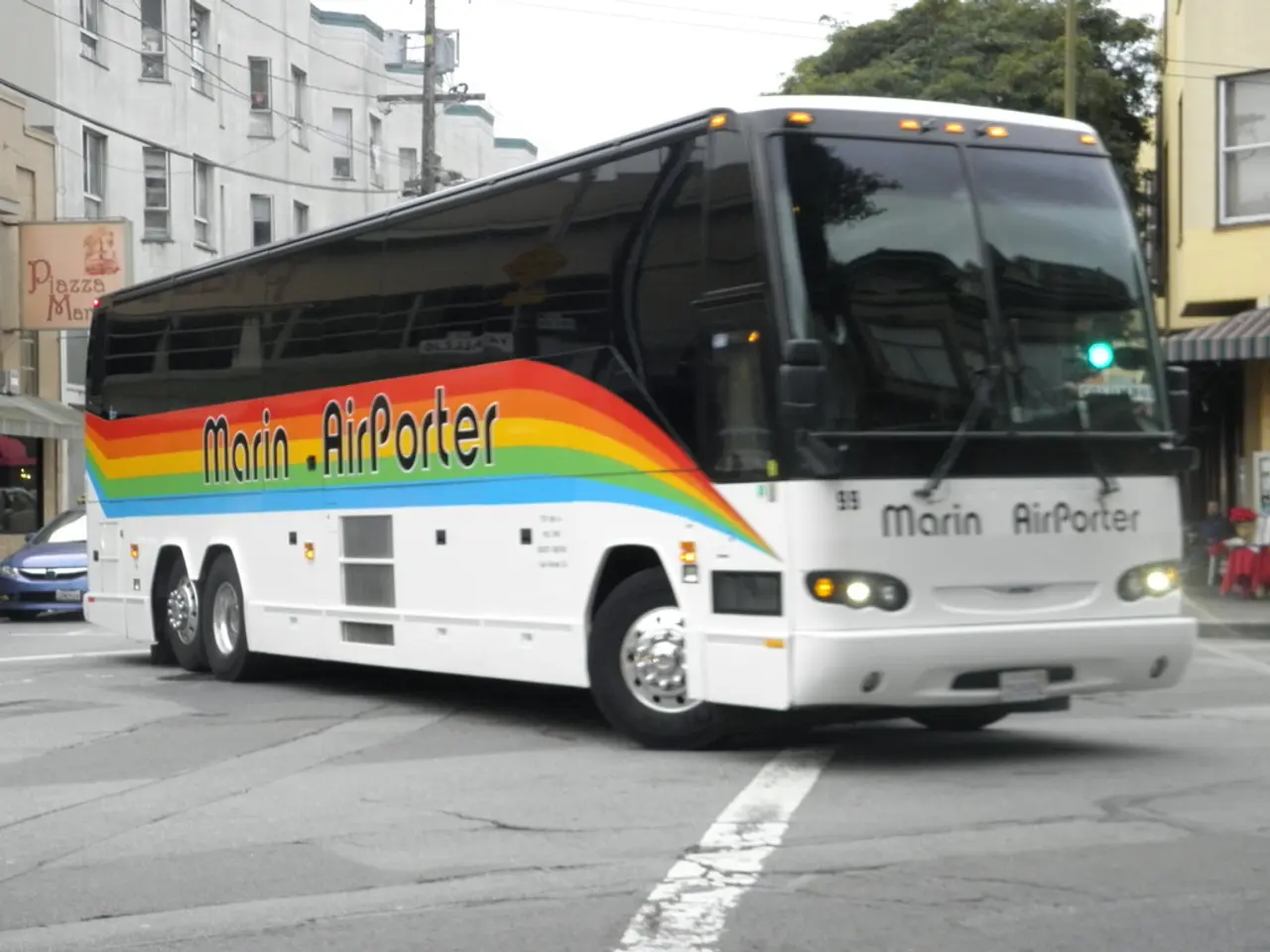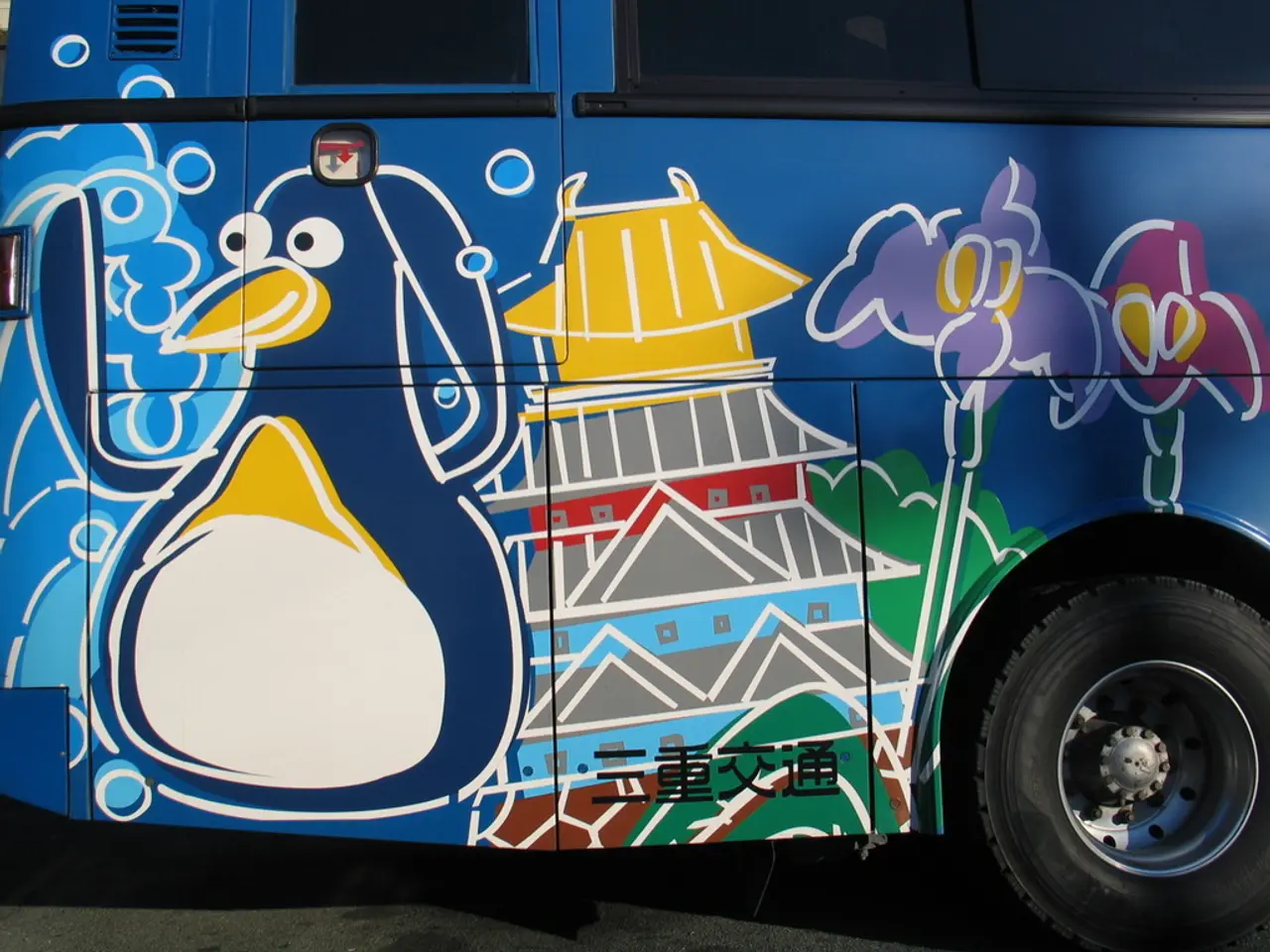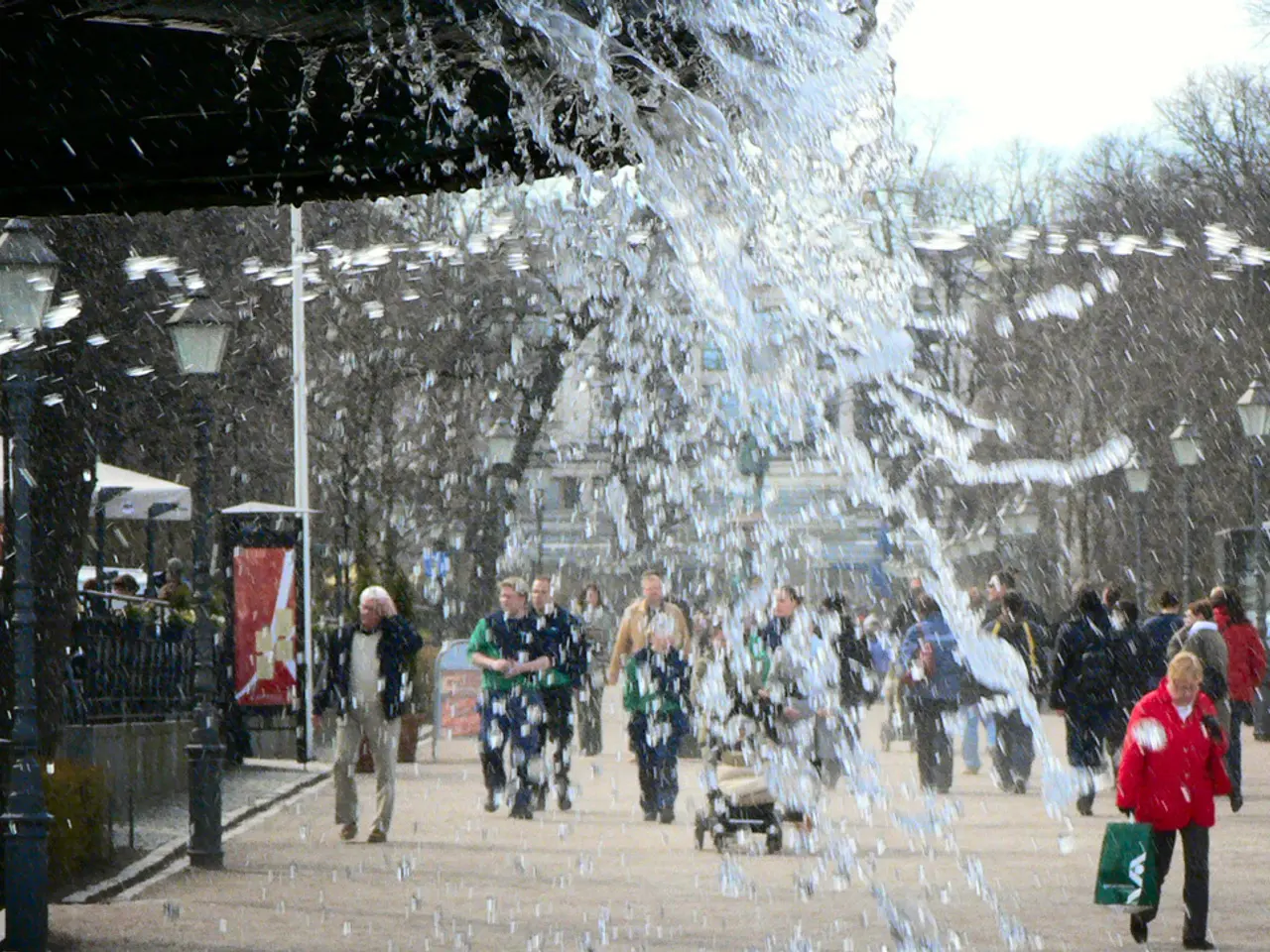Battle to preserve Hawaii's coconut palms trees
The battle against the invasive Coconut Rhinoceros Beetle (CRB) in Hawaii continues, with a focus on preventing the spread of the pest to other islands. The beetle, which was first detected on the island of Oahu in 2013, has already caused damage to coconut palms and poses a threat to native Hawaiian palms and economically significant crops such as papayas, sugarcane, and pineapple.
In an effort to control the spread of the CRB, the state of Hawaii has allocated $500,000 annually for the next two years to CRB Response, an Oahu-based organization responsible for the work. The control effort appears active, especially regarding containment and preventing the spread to other islands such as Lanai.
Since May 2025, there have been at least two confirmed detections of CRB on Lanai in shipments of plants transported from Oahu. These shipments were promptly destroyed by burning to prevent the beetles from establishing on Lanai. Officials and stakeholders, including the Department of Agriculture and Pūlama Lāna’i (a land management and biosecurity company servicing Lanai), are taking precautionary measures, such as tighter inspections and biosecurity protocols, to prevent the spread via transported plants.
On the islands of Oahu and Kauai, while specific detailed updates for Kauai were not found, Oahu remains a source point for movement of infected plants. The broader efforts involve detection, destruction of infested material, and collaboration between land managers, agriculture departments, and shippers. Pūlama Lāna’i’s biosecurity efforts have been recognized as an important component in preventing further infestations.
The team's efforts include setting traps, treating palms, and testing ways to kill the beetle. Two trained dogs, Bravo and Penny, are used to find the larvae of the CRB. The USDA has provided the majority of the funding for the CRB Response team, and there may be less funding available in the future. As of May, the dead-beetle tally is at least 144,503.
The CRB, a thumb-size scarab that bores into the crowns of palms to feed on sap, was discovered on Kauai in 2023, but it was already widespread there. The beetle has previously caused damage to coconut populations in Guam, Papua New Guinea, Palau, and the Solomon Islands. The team's efforts can only delay the beetle's spread, and they may not have the resources to stop it completely.
The Hawaii Legislature has added "Biosecurity" to the name of the Hawaii Department of Agriculture, reflecting the growing importance of this issue. The U.S. Department of Agriculture has told the CRB Response team to focus on sanitizing and stopping beetle hitchhikers at the ports. The Polynesians brought the coconut plant to Hawaii for food, drink, and crafts, but the CRB is not native to the islands and is considered invasive.
This ongoing vigilance highlights the persistent risk of spread within the Hawaiian Islands, and the efforts demonstrate a commitment to protecting Hawaii's valuable resources.
- As the battle against the Coconut Rhinoceros Beetle (CRB) persists, environmental scientists collaborate with the finance sector to seek additional funding for organizations like CRB Response, which aim to control the spread of the CRB and safeguard the environment and agricultural industries.
- In addition to traditional methods such as trapping and treating palms, the team also investigates ways to fund sustainable environmental-science initiatives, recognizing that climate-change and the invasive nature of the CRB pose significant threats to Hawaii's unique ecosystems and economically important crops.




